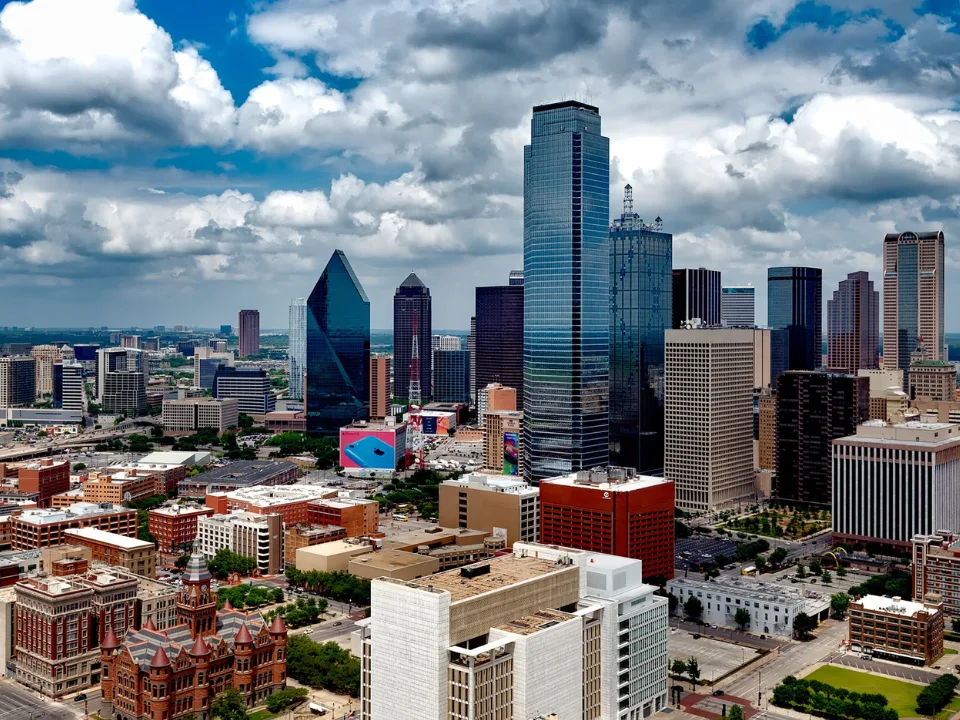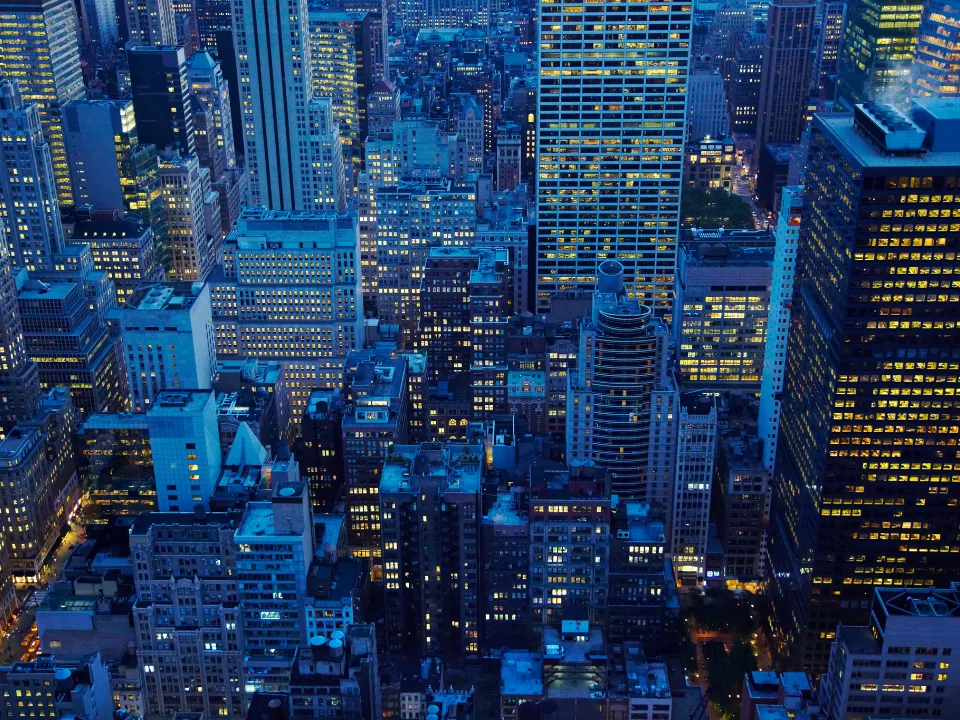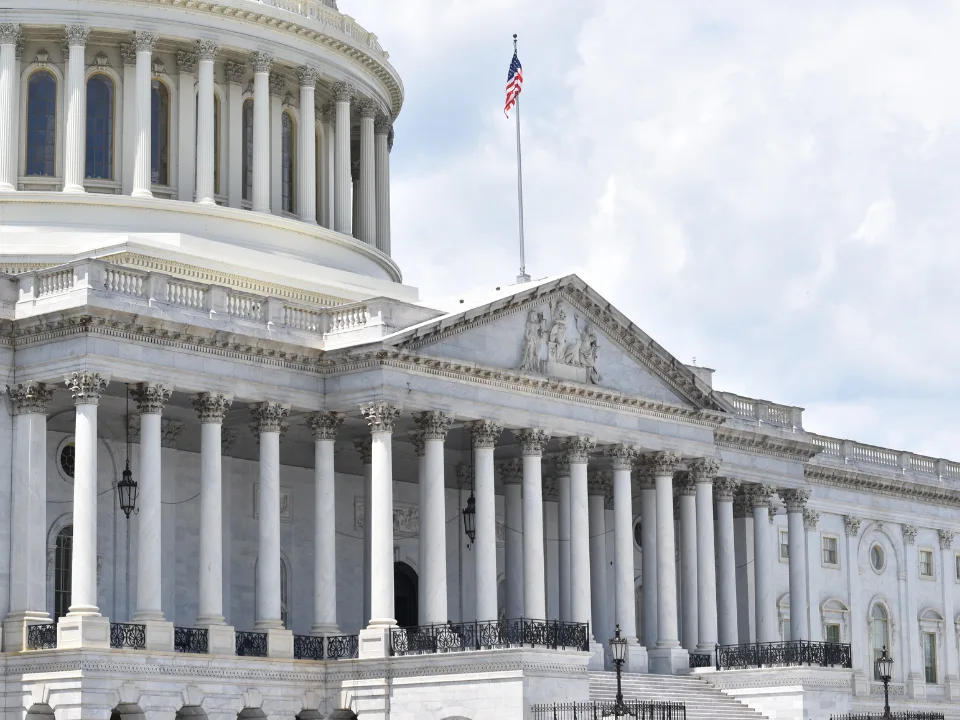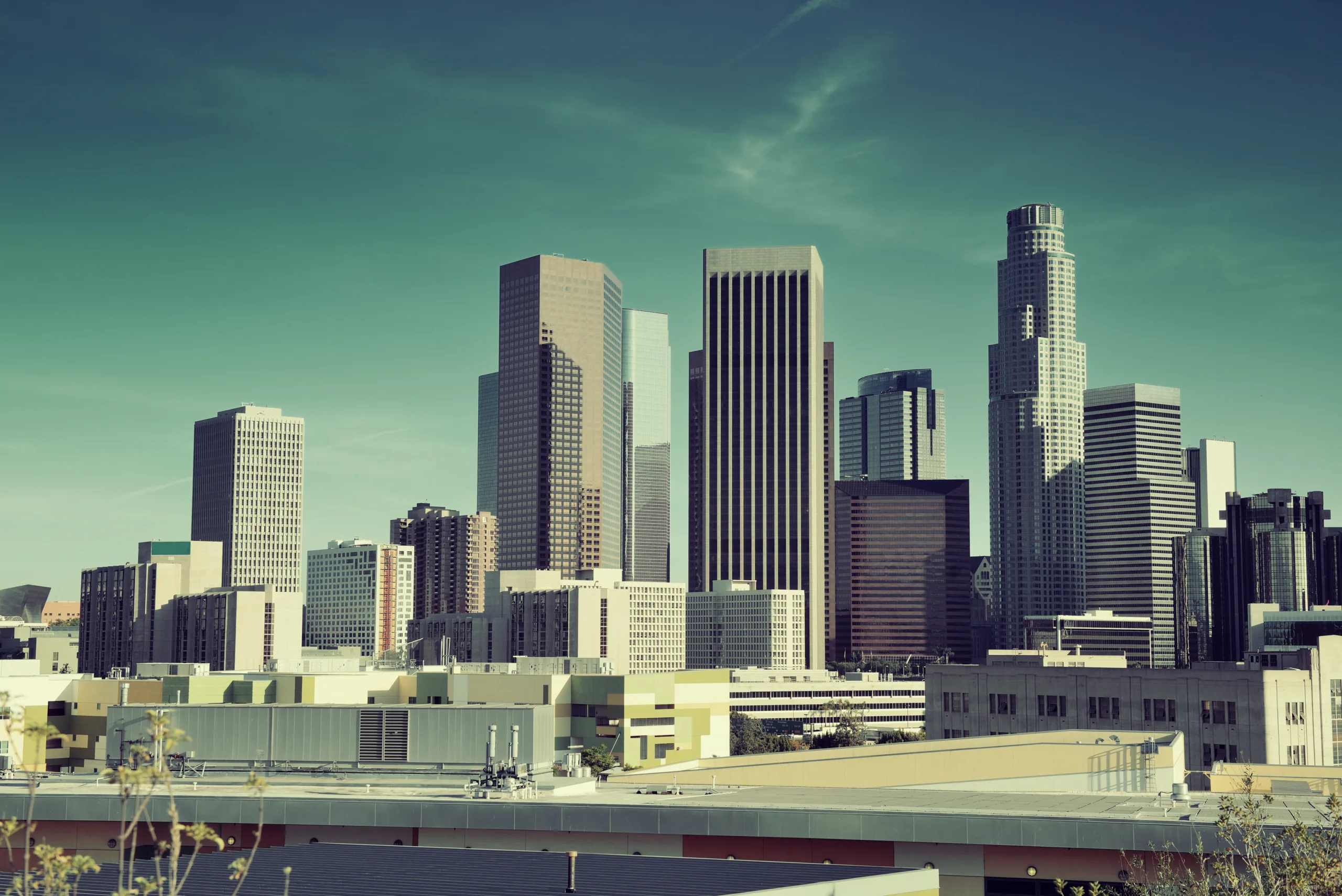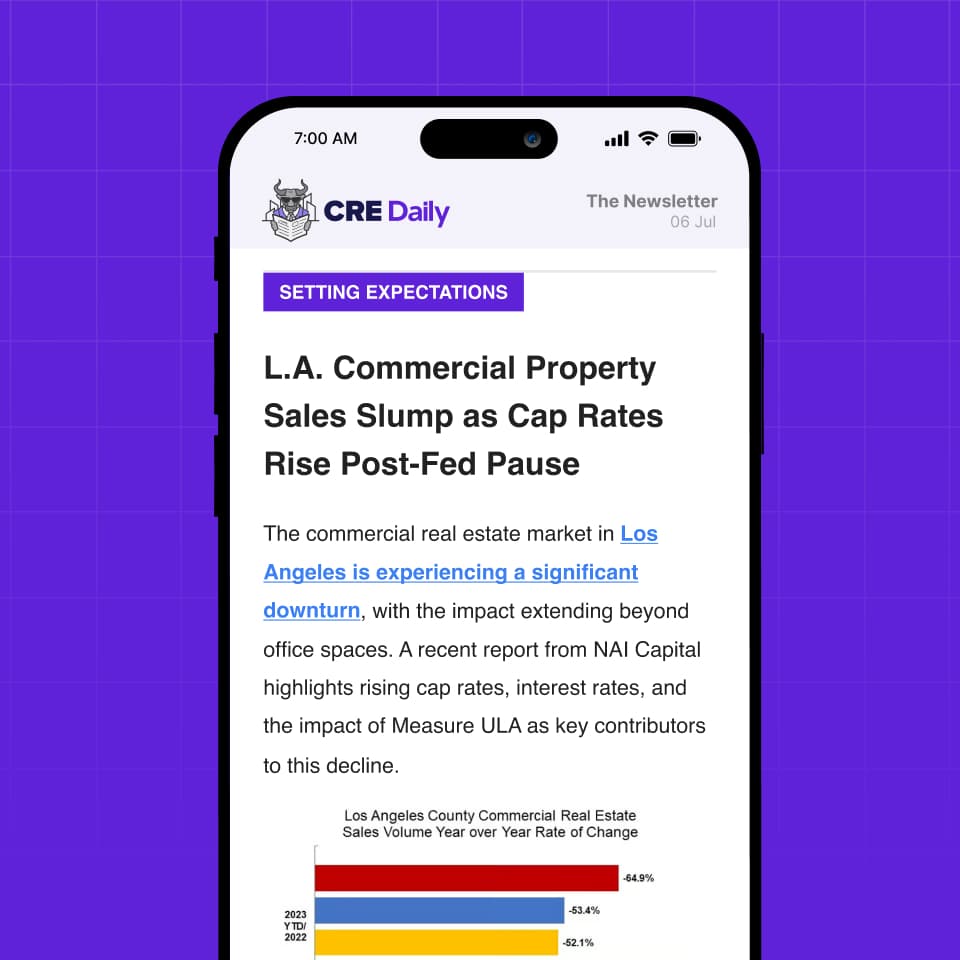- Manhattan saw 23.2M SF of new office leasing in the first nine months of 2025—the highest volume since 2006.
- A record 143 leases have been signed in 2025 at rates over $100 PSF, signaling fierce competition for top-tier space.
- Companies like Deloitte, Amazon, and JPMorgan Chase are locking in large blocks of space in new and modern towers.
A Comeback Nearly 20 Years in the Making
Manhattan’s office market is roaring back, with leasing activity this year reaching levels not seen since before the Great Recession, per WSJ.
CBRE reports that tenants signed 23.2M SF of new leases through September—a clear sign that the nation’s top office market is firmly in recovery mode.
The driving forces? A strong financial services sector, renewed appetite for high-end office space, and a cultural return to in-person work.
Big Names, Bigger Deals
Among the largest 2025 deals:
- Deloitte leased nearly three-quarters of a Hudson Yards skyscraper still under construction.
- Amazon expanded with a Fifth Avenue property purchase and added 330,000 SF of leased space.
- JPMorgan Chase officially opened its new 60-story Park Avenue HQ, a $3B tower complete with gardens, meditation rooms, and 19 dining spots.
Developers are responding. More than six office projects are underway—marking the busiest development pipeline since the pandemic began.
NYC Outpaces the Nation
While Manhattan’s office market has fully bounced back, the rest of the country is still playing catch-up. According to CBRE, US office leasing activity remains 11% below its pre-COVID average. Meanwhile, New York has exceeded pre-2020 volumes and is now outpacing all major metros.
In July, NYC became the only major market to surpass its 2019 office attendance, up 1.3% year-over-year per Placer.ai. Nationwide, office attendance lags 22% below 2019 levels.
Not Just Trophy Towers
The demand isn’t limited to marquee skyscrapers. NYC’s mid-tier, Class B buildings have reclaimed 10% of the space they lost during the pandemic—five times the national recovery rate for similar assets, according to CoStar.
Vacancy remains high at 14.8%, nearly double its late 2019 rate, but new leasing velocity and a pivot toward office-to-residential conversions are helping stabilize older properties.
Get Smarter about what matters in CRE
Stay ahead of trends in commercial real estate with CRE Daily – the free newsletter delivering everything you need to start your day in just 5-minutes
Political Uncertainty Looms
Despite the rebound, some in the industry are bracing for potential political disruption. Democratic Socialist Zohran Mamdani is favored to win the upcoming mayoral election, and his proposed rent controls and higher taxes for the wealthy are raising concern among developers.
Still, the development engine rolls on. IKEA has committed to a new retail location in a Grand Central-area office project. And top-tier firms are chasing the amenities arms race kicked off by towers like JPMorgan’s new HQ.
Why It Matters
New York City’s office rebound is both a regional outlier and a national bellwether. As businesses chase talent and high-quality environments, the city’s blend of infrastructure, modern development, and dense labor market has created the most competitive office landscape in the US.
With office-to-resi conversions accelerating and younger workers flocking to the city, the office sector may be laying the groundwork for a more flexible, mixed-use future.
What’s Next
Expect continued strength in Class A leasing, more luxury office developments, and a surge in conversions for underperforming buildings. While vacancy remains elevated, NYC’s office sector appears poised to lead the country into the next evolution of the post-pandemic workplace.
